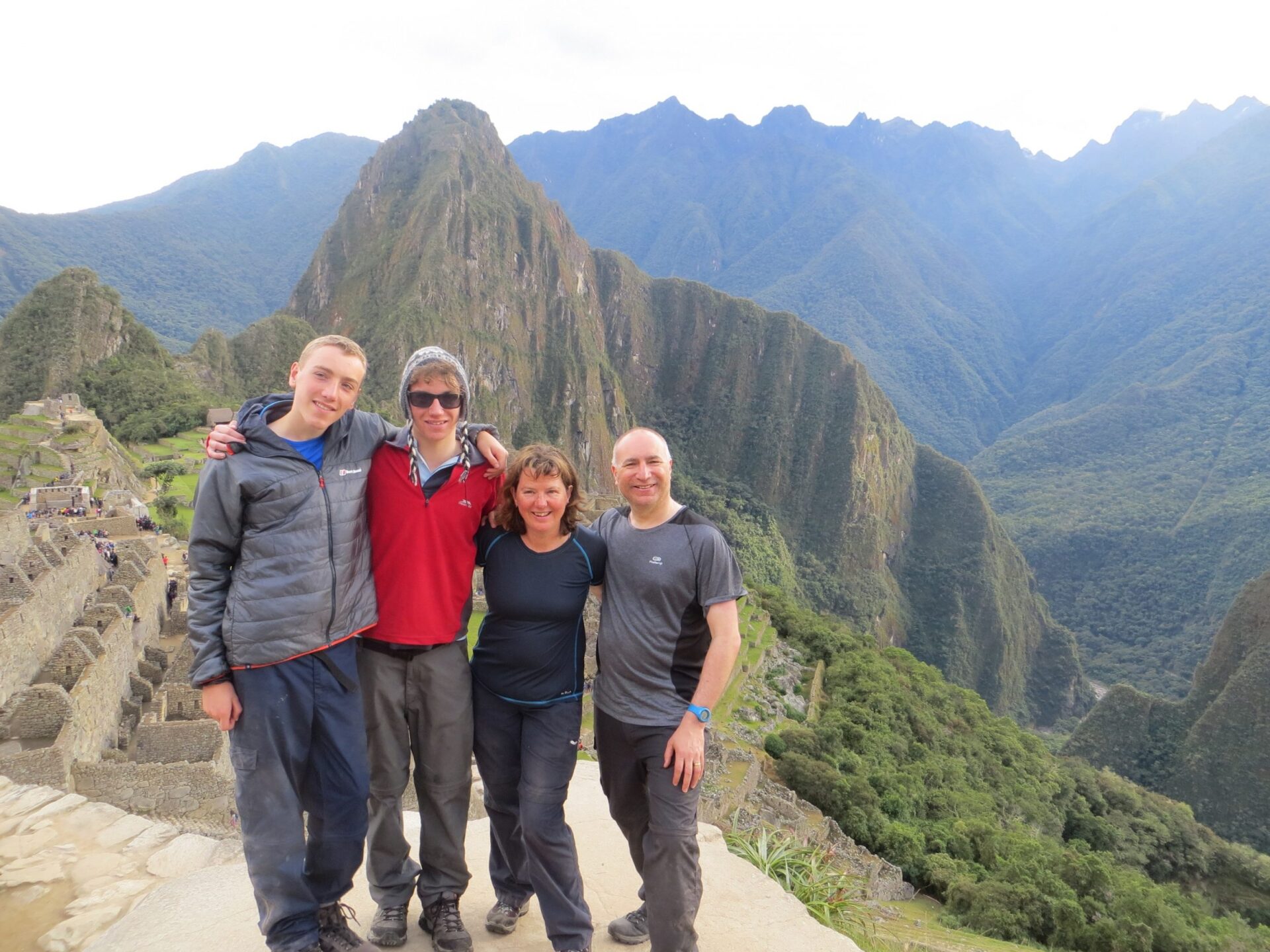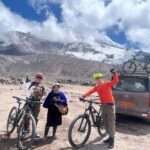Know before you go: Top 10 holiday tips for Peru
 by Kathy Jarvis on 11th April, 2013
by Kathy Jarvis on 11th April, 2013

L. Power
Top tips for Peru holidays
Know before you go – read our Top 10 holiday tips for a successful holiday to Peru.
Money
Take twice as much money and half the amount of clothes you think you need. There are an abundance of markets to buy clothing should you need, as well as launderettes.
You only need one upmarket change of clothes if you plan a blowout at a top restaurant. You’ll feel the benefit of a lighter backpack, and also have plenty of free space for souvenirs.
When to go to Peru
Most people, if given the choice, will prefer to go in the dry season: May to October. The best months for hiking are April, May, September and October (when the rainy season is not delayed or early!), and a good time for the Amazon too, especially earlier in the dry season.

Amazon, Peru
If you choose the rainy season (Nov-March), you may find cheaper flights and fewer tourists (Christmas notwithstanding), and verdant country side as this is summer time. In general, the mornings are clear and warm, but the cloud gather during the day and rain can come in the afternoons.
Stay healthy while travelling
Avoid dehydration. Drink plenty of water (2-3 litres/day). Low air pressure at altitude has diuretic effects, as does the heat and humidity of the Amazon.
Drink bottled, treated or previously boiled water as public water, although chlorinated and relatively safe, may cause mild stomach upset. (N.B. Treated or boiled water is better as less waste is produced).
Avoid sunstroke. Don’t underestimate the strength of the sun’s UV rays at altitude. Over-exposure, especially in the early stages, can contribute to altitude sickness. Wear a broad-brimmed sunhat.
Peel all raw vegetables and fruit.
Avoid eating from street vendors unless you can see that food is freshly cooked, untouched and served on clean dishes.
Altitude
Being at altitude, especially in the tropics, is usually a pleasure as it isn’t so hot, there are few insects and the air is clear. Rest for a few hours on arrival at altitude and take it easy for the first couple of days.
Note: you may feel fine on arrival and tempted to exert yourself as normal. Don’t be fooled: you might be benefiting from oxygen brought in your blood from sea level. Drink plenty of water to avoid dehydration (altitude is a diuretic). Coca tea (mate de coca) helps alleviate symptoms. Eat light meals, with high carbohydrate and low fat and protein content. Dine early, allowing digestion time pre-sleep.
Avoid over-exposure to the strong highland sun (UV rays are very powerful) – especially in the early stages – making sure you wear a broad brimmed sunhat. Apply lip-salve to prevent chapped lips. Avoid or minimise consumption of cigarettes and alcohol. Avoid sleeping pills.
Food
Peru enjoys an incredible variety of fruit and vegetables, including 2,000 varieties of potato and pretty well any tropical fruit or vegetable you could mention. Peruvians particularly love their aji (chili pepper) and ajo (garlic).

Chiruchi Traditional Dish Cusco Peru
Peru has a wide range of specialities, with each region boasting its own distinct cuisine. Lima and the coast is well known for its excellent ‘creole cuisine’ which features many excellent, sophisticated (and often shellfish marinated in lemon juice with onions and red peppers – but there are numerous other delicious seafood specialities.
Andean cuisine, although less varied and sophisticated, can be delicious.
Typical Andean dishes: cuy (guinea pig) and chicharron de chancho (deep fried pork). (Note: Nowadays, vegetarians are well catered for in Peru). Avoid raw vegetables (salads etc) and peel fruit to avoid stomach problems.
Safety
The Lima suburb of Miraflores is a good base for easing yourself into Peruvian culture. Although a fairly safe district, we strongly recommend taking these precautions:
- Here and elsewhere in Peru, leave paper valuables in hotel safe (caja fuerte), taking only what you need for the day.· Carry a copy of passport (leave original in safe).
- When travelling, carry paper valuables in a money belt under clothing, not in a‘bum-bag’.
- In Miraflores, be suspicious of ‘overly-friendly’ locals or ‘tourists’ who might be con-men/women. Also, avoid the beach areas off-season. During the Dec-April beach season, beware bag-snatchers on the beach.
- We suggest you do not exchange money on the street. Use either a casa de cambio (bureau de change) or bank, ATM machine.
- More care is needed in downtown Lima. Only take a daypack if you’re in a group. We suggest you carry this on your chest.
- Carry camera in bag, replacing after use. If alone, you’re advised to avoid downtown Lima at night.
- In Lima, as elsewhere in Peru, always take special care in markets and busy streets. Great care is needed in the markets and bus offices of central Lima, the San Camilo market in Arequipa and Cusco’s San Pedro market. Never carry a bag or valuables in these areas, as bag-slashers, watch snatchers and pickpockets operate. Beware of distraction techniques.
- At night, avoid quiet streets or streets with poor lighting, especially if alone; it’s best to use taxis at night, wherever you are.
- NEVER leave your bags unattended, especially in airports, bus terminals and hotel lobbies.
Currency
Peru’s monetary unit is the “Nuevo Sol” . Travellers are advised to carry some funds in US dollars as a back up, bringing mostly cash, in medium to high denomination bank notes. Note that dollar bills must be unmarked and undamaged, otherwise they might not be accepted.
We also recommend you carry an ATM cash card, as ATM (‘hole-in-the-wall’) machines are available in most large towns in Peru, and are widely available in Lima, Lima airport, Cusco, Puno, Huaraz and Arequipa.
US dollar travellers’ cheques can be changed in most large towns, though they sometimes incur a commission.
Many shops and restaurants also accept the major international credit cards, though their use may incur a fee.
Don’t change with street changers (cambistas). Use bank or casa de cambio (bureau de change). Ask for ‘billetes chicos’ (small notes, i.e. 10 or 20 sol notes) as obtaining change outside Lima can be difficult. Count your soles carefully before handing over your US dollars, and look out for forged notes.
Tipping
Tipping is a normal part of life in Latin America. The norm in restaurants is approx 10%. Local staff, e.g. on trekking, biking, jungle and rafting expeditions, often look to group members for recognition of their services. The tip will depend on satisfaction with service provided and length of time spent with staff.
It should be remembered, however, that over-generosity is counterproductive. A range of US$5-10 per day for the guide is usual plus further tipping for drivers, assistants cooks etc. Tips are best paid in small denominations of Peruvian Nuevo Sol.
Yellow fever and malaria
These are required if you travel to the Amazon basin – yellow fever inoculations take 10-14 days to be effective, so plan in advance. The same advice applies for malaria.
Visas
UK nationals do not need a visa for Peru, other than the one completed on entry and which is valid for 183 days (6 months).
Contact us for more.
Share







